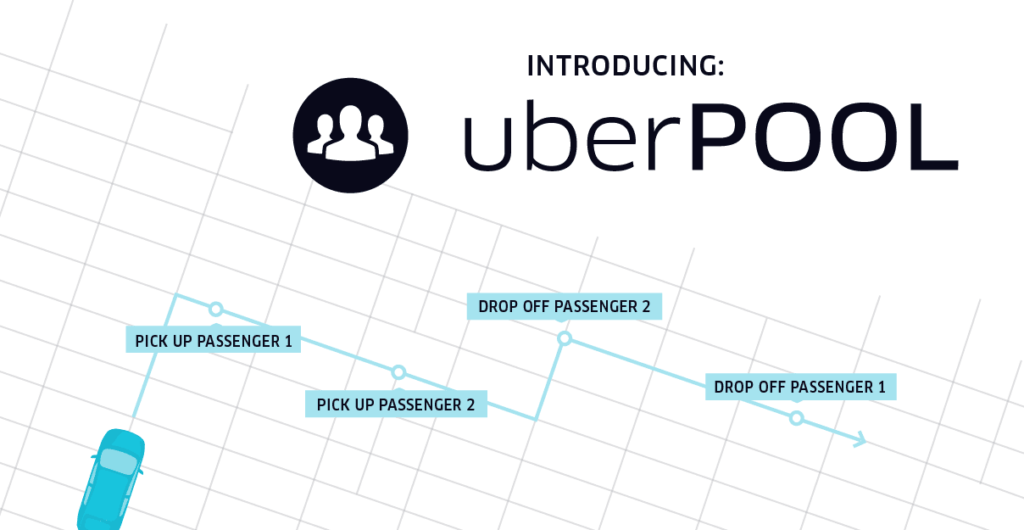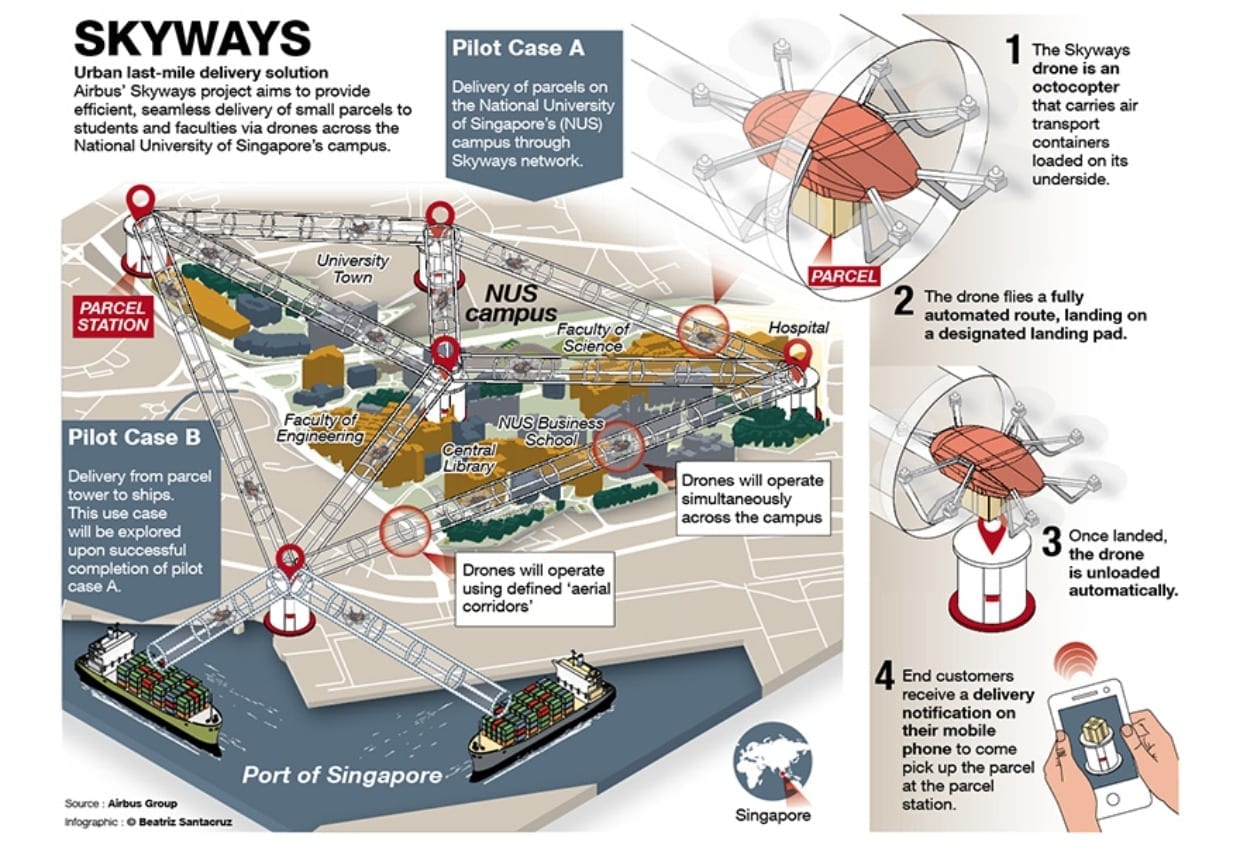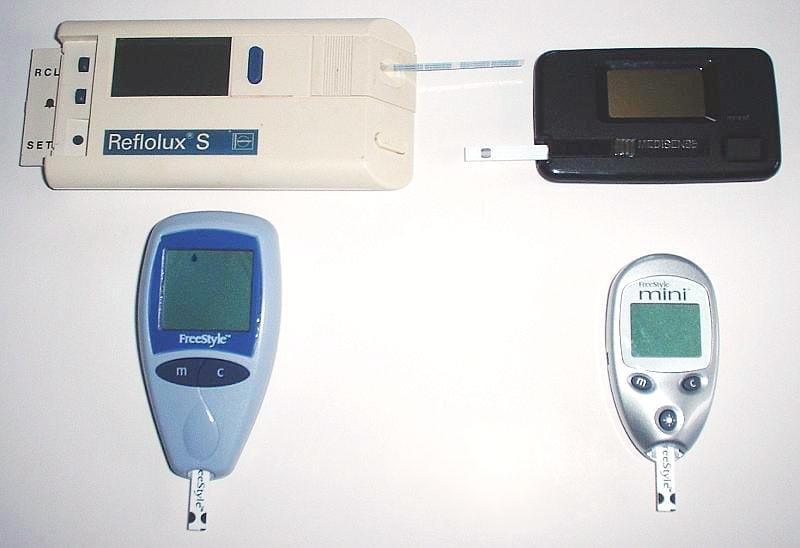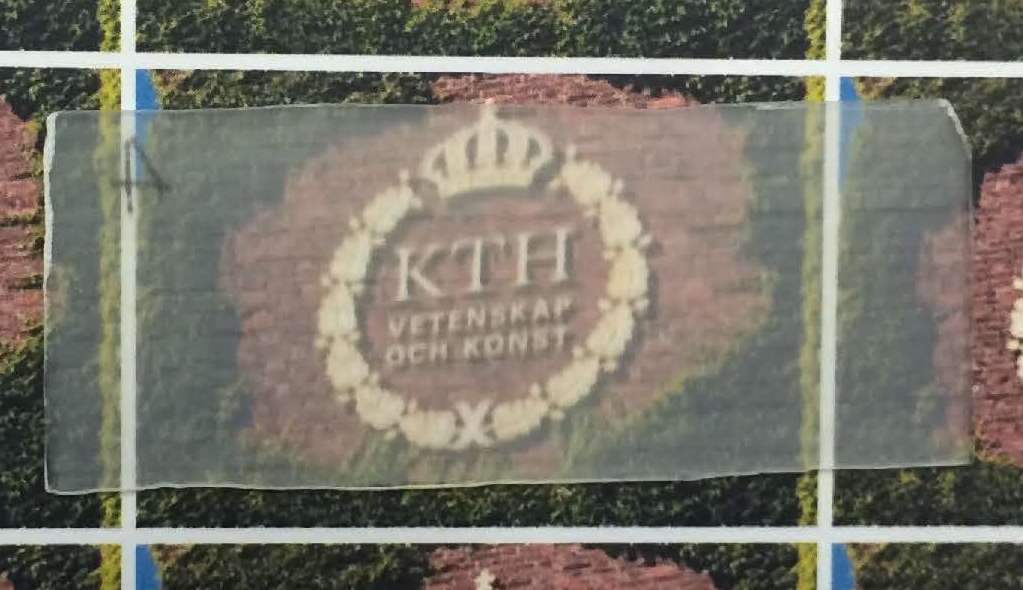
One day not long ago, an Uber driver picked up a passenger in San Francisco’s gritty Tenderloin district. Let’s call our passenger Abby, because her real name has been lost to database anonymization, an effort to keep her identity private.
Abby needed to go to Noe Valley, a 25-minute drive that might ordinarily have cost about $15. But she had chosen UberPool, the ride-hailing company’s 18-month-old car-pooling program. In the process she had unwittingly initiated one of the service’s more epic recent trips.
Unlike a standard Uber ride, in which a single rider starts a one-time trip, UberPool works like a party line for cars. Travis Kalanick, Uber’s co-founder and chief executive, describes it as the future of his company — and thus the future of transportation in America.
Call up the app, specify your destination, and in exchange for a significant discount, UberPool matches you with other riders going the same way. The service might create a ride just for you, but just as often, it puts you in a ride that began long ago — one that has spanned several drop-offs and pickups, a kind of instant bus line created from collective urban demand.
The trip Abby started would last nearly an hour and meander over 10 miles across San Francisco, stopping nine times to pick up and drop off passengers. After Abby got in, the driver collected his second passenger — let’s call him Ben — a few blocks away. Ben got out after about a mile. A couple of blocks later, Carrie got in. By this time Abby might have been getting annoyed; fortunately, about six minutes later, the car reached Noe Valley. Abby got out, but Carrie was still in the car, so the trip went on. Danny got in after about a mile, then Carrie got out, then Edward got in, then Danny got out. Finally, after about 55 minutes of driving, the car reached Edward’s destination, and the trip was done.
In total, Uber collected about $48 for the ride, of which the driver kept $35. The company had collapsed five separate rides into a single trip, saving about six miles of travel and removing several cars from the road. For riders, the discounts amounted to savings of at least half of a standard Uber trip. For the driver, an hourlong trip with no idle time resulted in steady earnings (Uber drivers make money only when riders are in the car). And though Uber made less from the single ride than it would have from multiple rides, the company benefited by installing itself as a fixture in people’s lives.
“When rides get cheaper, it means that for more people in more cities, Uber is cheaper than owning a car,” Mr. Kalanick said in a recent interview. “And when Uber is cheaper than owning a car, we can become a mainstay of transportation in that city.”
Learn more: Car-Pooling Helps Uber Go the Extra Mile
The Latest on: Urban Transportation
[google_news title=”” keyword=”Urban Transportation” num_posts=”10″ blurb_length=”0″ show_thumb=”left”]
via Google News
The Latest on: Urban Transportation
- Abu Dhabi transportation sectors set to reach Dhs11.04 billion in 2027on April 28, 2024 at 7:55 am
The transportation sector’s potential for growth will play ... Abu Dhabi’s inaugural DRIFTx, an international platform and exhibition for smart, autonomous, and sustainable urban mobility applications ...
- Urban passenger trips in China hikes 27.7 percent in 2023on April 28, 2024 at 2:22 am
According to official data released by the Ministry of Transport, urban passenger trips in China experienced a significant surge of 27.7 percent thro ...
- Secretary Buttigieg and Black mayors preview transportation projects designed to heal historic inequitieson April 26, 2024 at 3:29 pm
Transportation Secretary Pete Buttigieg on Friday joined Black mayors from across the nation to preview the work his department is doing to bring transportation projects to their communities to ...
- FEST Auto and Abu Dhabi University collaborate to accelerate sustainable urban mobility solutionson April 26, 2024 at 5:31 am
FEST Auto Global Holding Ltd (FEST), a global mobility solutions company with a mission to redefine urban transportation, is proud to announce that it has signed an agreement with Abu Dhabi University ...
- Public input sought on Transportation Master Plan in Dickinsonon April 25, 2024 at 12:36 pm
The City of Dickinson, NDDOT, and KLJ Engineering will host a public meeting on May 1 to discuss the city's Transportation Master Plan and gather community feedback on various urban planning topics.
- Women caregivers are stressed; transportation infrastructure could helpon April 25, 2024 at 12:34 pm
Caregiving travel—such as taking a child to school or a parent to the doctor—can be associated with stress and decreased happiness among women but not men, according to a University of Michigan study.
- 'Urban oasis': Downtown Lytle Park $5M renovation completeon April 25, 2024 at 9:49 am
The current project ended up costing $5 million, up from an earlier estimate of $4.7 million. Western & Southern Financial Group, with its headquarters and several buildings in the neighborhood, ...
- Urban Transport Planning and E-Bikes: A Comprehensive Guideon April 25, 2024 at 7:20 am
Urban transport planning is an essential aspect of city development, and it is crucial to make it sustainable, efficient, and accessible to all. In recent years, e-bikes have emerged as a popular mode ...
- Facing climate change, urban farmers adapton April 24, 2024 at 1:25 pm
Danielle Andrews bent down to reach into the soil in a section of an urban farm in Roxbury. She lodged her hands into the rich dirt and tugged at something underground before pulling out two ...
- Lexington residents pushing for more public transportation optionson April 24, 2024 at 1:00 pm
LEXINGTON, Ky. (LEX 18) — A gathering of roughly 20 Lexington residents is ready for the city to offer an additional public transportation option, microtransit. “This has worked in other communities ...
via Bing News











